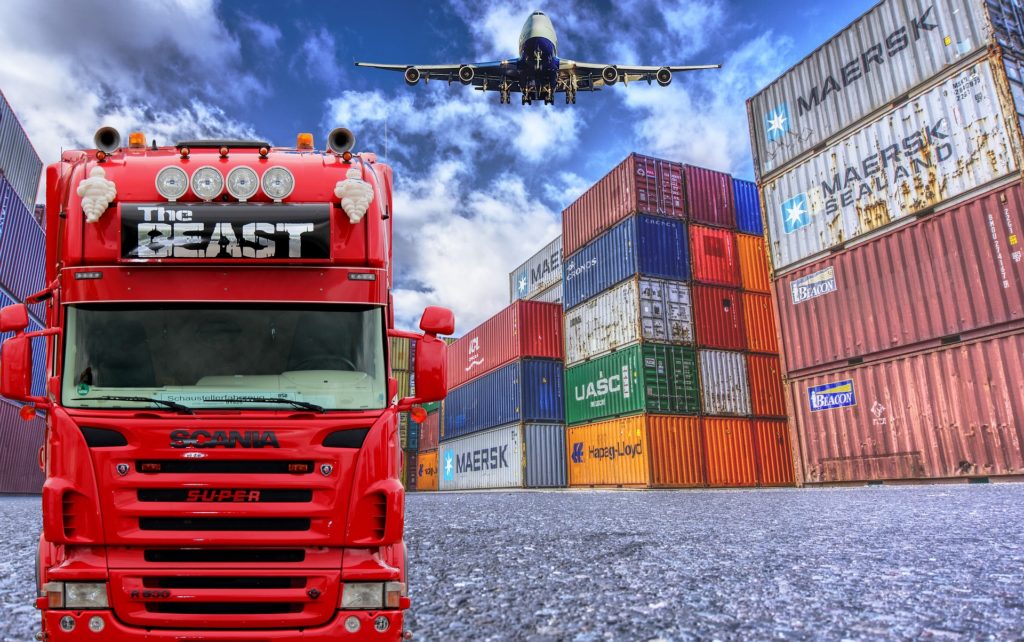A supply chain is a network between a company and its suppliers and distributors. A company’s supply chain represents the number of businesses involved in taking a product from its raw form to the consumer.
While most companies exist as a part of a supply chain, some others may go further. By integrating within the supply chain, companies can take over a larger portion of the supply chain. For these companies, a well-known business model is the vertically integrated supply chain business model.
What is the Vertically Integrated Supply Chain business model?
A vertically integrated supply chain business model is for businesses that own or control their suppliers, distributors, or retailers. Various companies use a network of other parties for their supply chain. However, companies that use the vertically integrated model try to control a larger portion of their supply chain.
Mostly, vertical integration comes through mergers between two companies. Some companies may even use subsidiaries or joint ventures to control their supply chain in a better way. Some others may use long-term contracts or spot contracts to bind their supply chain participants.
While the latter options are more inexpensive, mergers or subsidiaries give companies more control over their processes.
How does the Vertically Integrated Supply Chain business model work?
For companies that use the vertically integrated supply chain business model, examining their supply chain is crucial. Through this process, companies can identify which participants in the supply chain with which they can integrate. With the integration, these companies can shorten their product cycles or sales cycles substantially.
Companies that use the vertically integrated supply chain business model purchase and insource their production or sales processes. These may include any processes involved, from purchasing raw materials to supplying goods to end-users. However, most companies need strong financial support to use vertical integration within the supply chain.
There are various types of vertical integration that companies can utilize. For example, backward vertical integration is for companies that expand their network to their suppliers. These companies acquire their suppliers to get better control of their process of manufacturing. Backward integration can be beneficial for some specific businesses but not for all.
On the other hand, companies can also use forward vertical integration. It is when a company expands by controlling or owning its distribution channels. Forward integration is the base for many other business models such as Direct-to-Consumer (D2C) or Direct Sales business models. Forward integration is about cutting the intermediaries from a supply chain.
However, companies can also use both approaches. When a company indulges in both backward and forward integration, it uses a balanced vertical integration strategy. However, it depends on the needs and processes of the company to decide on these three approaches.
What are the advantages and disadvantages of the Vertically Integrated Supply Chain business model?
The vertically integrated supply chain business model has all the advantages and disadvantages of using vertical integration. Some of these are below.
Advantages
Companies using the vertically integrated supply chain business model can significantly reduce their costs. By controlling participants in the supply chain, companies don’t need to pay the same prices. Likewise, companies own the processes and don’t need to pay a margin on obtaining products or services.
Similarly, through vertical integration, companies can also reduce lead times. Usually, the process from purchasing raw materials to delivering goods to consumers takes a long time. However, when companies bring these services in-house, they can reduce the time it takes for these processes to complete.
Similarly, companies using this business model can also add value to their products. Since these companies control a larger portion of the supply chain, they can customize each step. Therefore, they can achieve a better competitive advantage over others.
Disadvantages
The vertically integrated supply chain business model may come with management issues. Managing a long supply chain can be a hectic task. Similarly, some companies may use multiple subsidiaries or segments to keep things organized. However, the company may then create internal conflicts within each supply chain participant.
Companies also lose the expertise that comes with outsourcing supply chain activities. If a company overtakes one of its vertical supply chain participants, it must gain the expertise to replicate those activities. If the company does not have the required expertise, it may lose to its competitors.
Examples
Amazon used vertical integration to expand its online retail books business. Through its Kindle platform, the company distributes books to its customers. Similarly, Apple has retail locations around the globe.
The company uses forward vertical integration to control its distribution activities. Other companies that use the vertically integrated supply chain business model are Samsung, Google, Facebook, Walmart, etc.
Conclusion
The vertically integrated supply chain business model is for companies that own or control their supply chain participants. Through vertical integration, companies can get better control over their processes while reducing costs and lead times. However, it may be a costly process and may need some extra work from these companies.
